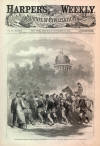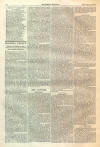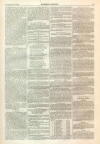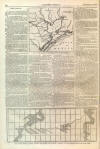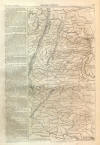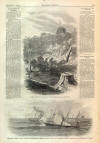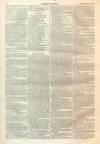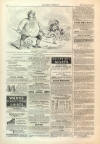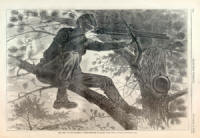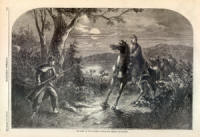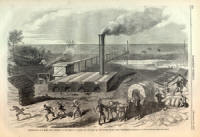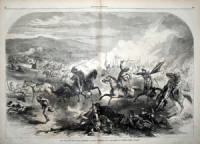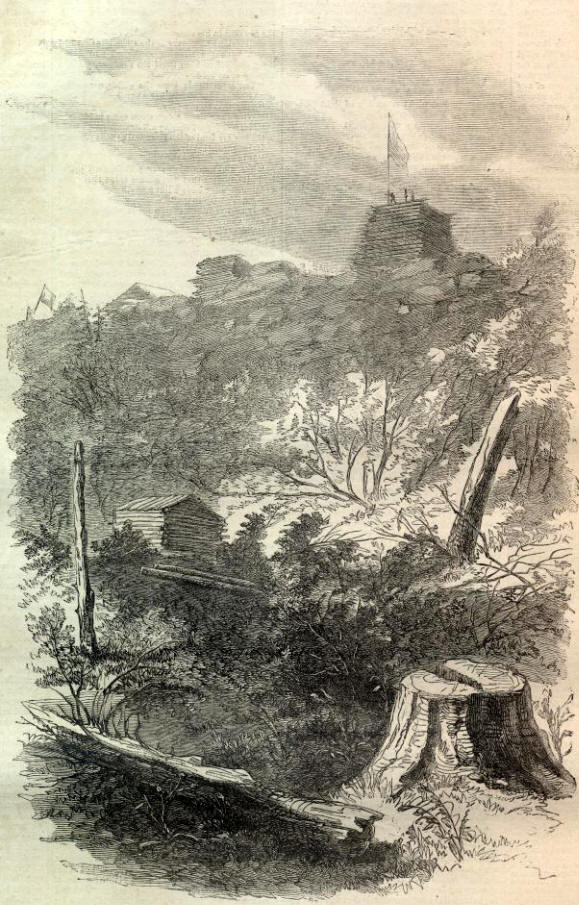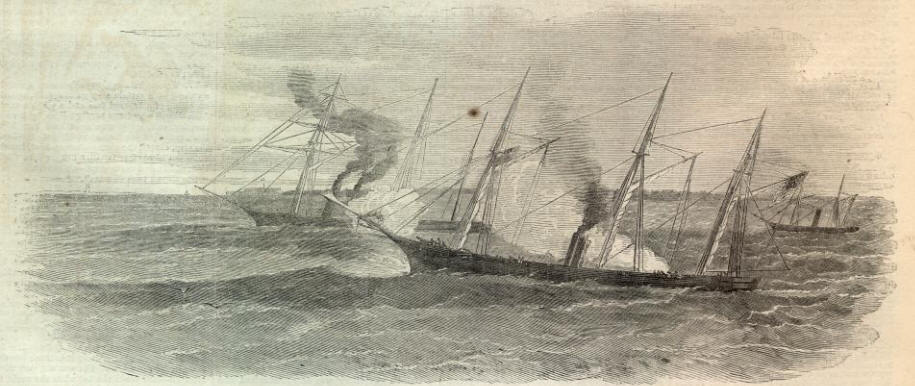|
This Site:
Civil War
Civil War Overview
Civil War 1861
Civil War 1862
Civil War 1863
Civil War 1864
Civil War 1865
Civil War Battles
Confederate Generals
Union Generals
Confederate History
Robert E. Lee
Civil War Medicine
Lincoln Assassination
Slavery
Site Search
Civil War Links
Civil War Art
Mexican War
Republic of Texas
Indians
Winslow Homer
Thomas Nast
Mathew Brady
Western Art
Civil War Gifts
Robert E. Lee Portrait
|
SALT-WORKS IN
FLORIDA.
WE publish on
page 732 a view of
the DESTRUCTION OF A SALT MANUFACTORY ON THE COAST OF FLORIDA by the crew of the
United States bark Kingfisher. The affair is described in the following letter
from an officer engaged:
"U.S. BARK 'KINGFISHER,' ST.
JOSEPH'S BAY, FLA., Sept. 15, 1862.
"I am glad to say that, after
waiting all this time, I have had a chance to see active service. You can
imagine with what pleasure we received the order to up anchor, as we knew our
destination was the salt-works, at the head of the bay.
"About two weeks since we had a
lot of contrabands come off, who informed us that there were extensive
salt-works at the town of St. Joseph, making from 100 to 150 bushels a day, and
not yet completed. We sent a flag of truce, and politely informed them that they
must stop, or we should destroy them. They paid no attention to us, but
continued their fire day and night. "We got under way at daylight, sailed up the
bay with a fair wind, and came to anchor about a quarter of a mile from the
works. As we came in sight we could perceive an unusual excitement, and observed
wagons driving inland at a furious pace. We gave them two hours to quit, and
then fired a few shells into the works, which had the effect of bringing two
contrabands to the beach with a salt-bag, which they waved most furiously. We
sent a boat for them, and found out that they had removed about two hundred bags
of salt and some provisions, but that every thing remained with this exception;
and also the intelligence that there were about eighty guerrillas, mounted,
three miles back in the country, and would probably be down to see what was
going on. As soon as we obtained this information we manned all the boats,
leaving enough men on board to man the battery. I had been ordered to take
command of the picket-guard, and station them about a quarter of a mile inland,
surrounding the works. You may imagine that was rather skittish work with twenty
men to go into the woods out of sight of the ship; but we all drew up on the
beach, the pickets in front (in all about fifty men), loaded muskets and fixed
bayonets—the whole under command of Mr. Hallet, executive officer. We started,
whistling Yankee Doodle. I advanced my men in a straight line to the other side
of the works, when we entered the woods and extended our lines entirely around
the place. The main body then began their work of destruction, and in less than
two hours the whole place was in flames, and the machinery broken up. "I send
you a sketch. The whole coast of Florida is lined with these works of a smaller
size. This one, when finished, would have been capable of making five hundred
bushels a day, at $10 per bushel."
When the new military colony is
fairly under way these salt factories will probably become of some national
importance.
THE
ARMY OF THE
POTOMAC.
WE republish herewith a picture
by Mr. Waud, representing SUMMIT STATION ON MARYLAND HEIGHTS.
Maryland Heights is the highest
point occupied by the army. The signal-station commands the whole country for
many miles around, and is in constant communication with other stations,
conveying messages to and from head-quarters. Maryland Heights is by nature
nearly impregnable, and could easily be held by four regiments against 50,000
men. From it
Harper's Ferry, and Bolivar, and
Loudon Heights are entirely commanded, as well
as Pleasant Valley, and the towns of Sandy Hook and Knoxville.
The view from the summit is a
magnificent one. The Potomac and Shenandoah rivers, the Blue Ridge, the Bull Run
Mountains, the Kittoctan Mountains, North and South Mountains, etc.—the towns of
Winchester, Charlestown, Martinsburg,
Hagerstown,
Williamsport,
Shepherdstown, and a number of others, are all
overlooked by these heights, from which the lines of both armies are also
visible. At night, through a powerful glass, the enemy's pickets are visible.
But perhaps the most interesting scene is the view at sunrise, when the valleys
are filled with joy—looking over the clouds tinged rosy-red by the sun, it seems
as if a violent sea had been frozen into stillness at an instant, the mountains
rising like islands from the heavy masses of vapor.
CONVALESCENT SOLDIERS.
WE publish on
page 721 an illustration of CONVALESCENT
SOLDIERS ON THEIR WAY TO JOIN THEIR REGIMENTS, from a sketch by Mr. J. A. Oertel.
He writes:
"The subject struck me when I saw
it as one of interest in the present period. Washington just now is very dry and
dusty, as I have indicated in the sketch. The soldiers were under escort. This
is military fashion. They were on their way to the railway station near the
capital, and belonged to different regiments, representing nearly all the
States, and were in every variety of garb. You will perceive they are not in
Broadway fashion. The soldier who has seen service is a different looking object
from the trim gent he was when he left home."
The thinned regiments of the Army
of the Potomac which returned from the Peninsula in September last have been
considerably recruited by the arrival of convalescent soldiers from hospital. At
one time there were 20,000 soldiers sick and wounded in the great military
hospitals at
Newport News and
Fortress Monroe—at least so said the newspaper
correspondents. Now these hospitals are comparatively empty. Wounds have been
healed, and the bracing air of October has dispelled the fevers engendered by
the Chickahominy malaria.
THE REBEL STEAMER "OVETO" RUNNING THE BLOCKADE OF
MOBILE CHASED BY THE U. S. STEAM-SLOOP "ONEIDA."—[SKETCHED BY THE SURGEON OF THE
"ONEIDA."]
|
